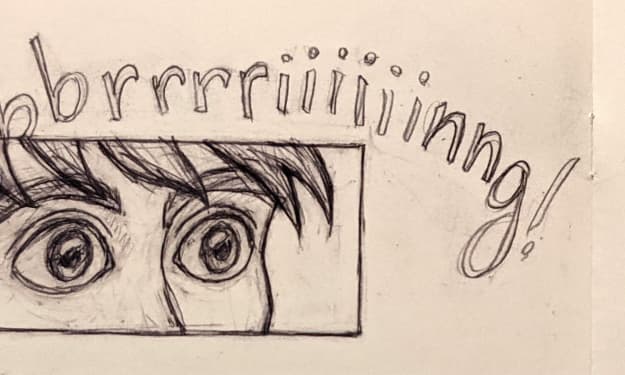The Evolution of the Blackboard: From Chalk to E-Board
Chalk to E-Board

Introduction:
The tools we employ in the classroom have significantly improved the learning experience, and technology has fundamentally changed the way we learn. A writing surface used in classrooms for centuries is the blackboard, which is one of these tools. An electronic chalkboard, often known as an e-board, has replaced the conventional blackboard as a teaching tool. We will look at how the chalkboard changed over time and how that affected schooling in this post.
The Development of Blackboard:
The chalkboard was invented in the early 19th century and has been used in schools for a long time. The blackboard was created in 1801 when Scottish headmaster James Pillans painted a sizable piece of slate with black paint. The idea spread swiftly once he used it to teach geography. The majority of classrooms in the United States and Europe had blackboards by the middle of the 19th century.
Blackboards have changed over time. An improved, longer-lasting alternative to the conventional slate blackboard was a wood-framed whiteboard. Green chalkboards were introduced in the 20th century, further elevating the blackboard's sophistication. The contrast between white chalk and green chalkboards was better and they were easy on the eyes.
Blackboard digital:
The emergence of the electronic chalkboard, often known as an e-board, is a result of technology becoming more prevalent in schools. Teachers can write on, draw on, and project images from a computer onto a giant screen using an electronic version of the classic blackboard known as an "e-board." Over the conventional chalkboard, the e-board has a number of benefits, such as:
E-boards allow teachers to show multimedia content including films, graphics, and animations, which promotes participatory learning. The learning process is improved, and students are better able to comprehend challenging ideas.
Increased Engagement: Because teachers can use a variety of colors, fonts, and visuals on the e-board, it is more engaging than the conventional blackboard. For pupils, this can make learning more interesting and fun.
Greater Accessibility: The e-board is more accessible than a traditional blackboard since teachers can save presentations and notes for later use. Students can now access it whenever they need to review topics or who missed a class.
The e-board is simple to use and just requires a quick tutorial. For teachers, making the move from writing to painting to computer-generated images is simple.
The Effects of Blackboard on Education
In the course of history, the blackboard has had a big influence on education. It has been essential in assisting teachers in explaining difficult topics and ideas to their students. With the digital e-board in place of the classic blackboard, learning has been improved even further.
By offering a tool that can be used in any classroom, no matter where it is located or how big it is, the blackboard has contributed to leveling the playing field in education. Additionally, it has facilitated more engaged pupils and interactive learning.
Conclusion:
Since the invention of the chalkboard in the early 19th century, much has changed. It has been a crucial part of education from the classic slate blackboard to the computerized chalkboard. The e-board has completely changed how we study and improved the quality of the classroom environment. By enabling students to view lectures and presentations at any time, it has also increased access to education. The blackboard is probably going to keep developing and playing an important part in education as time goes on.
About the Creator
THANGAPANDIAN
I am a creative content writer with a passion for crafting engaging and informative work that connects with readers on a deeper level.






Comments
There are no comments for this story
Be the first to respond and start the conversation.